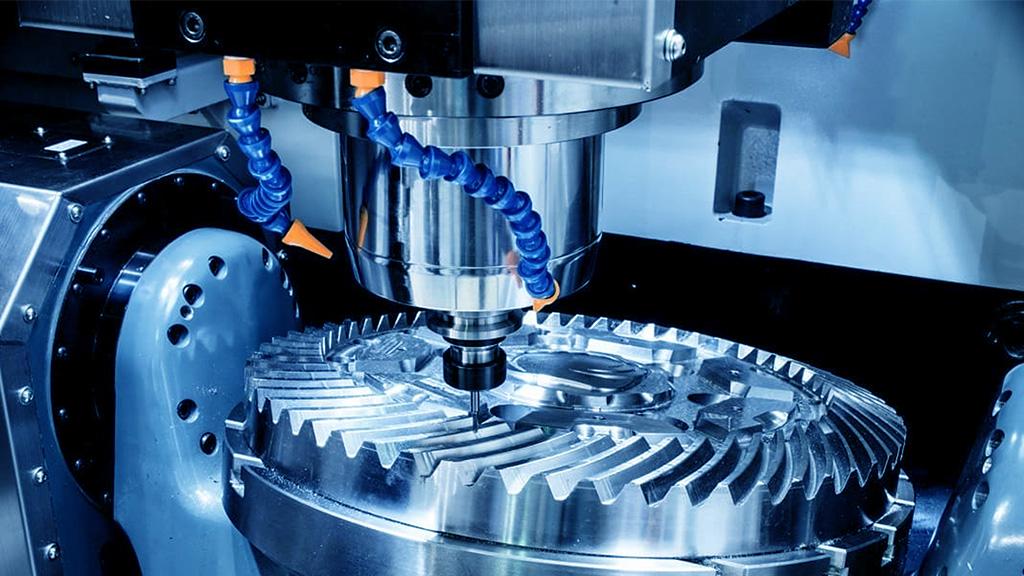Titanium alloy is a remarkable material with numerous outstanding properties. It has low density, high specific strength, excellent corrosion resistance, high heat resistance, good toughness, plasticity, and weldability. Currently, titanium alloy has found extensive applications in various fields such as aerospace, automobiles, medicine, sports goods, and the electrolytic industry. In this article, we will mainly discuss the advantages and disadvantages of titanium alloy.
Advantages of Titanium Alloy Materials
- High strength and low density: Titanium alloy is lightweight, providing a solution for reducing the weight of some large structural parts.
- High thermal strength: Titanium alloy can maintain high strength at temperatures ranging from 400 to 500 degrees Celsius and operate stably. In contrast, the working temperature of aluminum alloy is limited to below 200 degrees Celsius.
- High corrosion resistance compared to steel: This inherent property can save the cost of daily operation and maintenance of aircraft.
Difficulties in Machining Titanium Alloy Precision Parts
- Difficulty in machining: Titanium alloy materials have a high melting point, high activation energy, and complex structure. When the hardness is above 350HB, cutting is extremely difficult. When the hardness is below 350HB, sticking knife phenomenon is prone to occur.
- High cutting temperature: The thermal conductivity of titanium alloy materials is lower than that of stainless steel. For example, the thermal conductivity of TC4 is about 0.019. The large amount of cutting heat generated in the cutting area accumulates, resulting in a very high cutting temperature, which can reach approximately 1000 degrees Celsius.
- Prone to qualitative changes on the machining surface: Due to the high chemical activity of titanium, it easily reacts with oxygen, nitrogen, hydrogen, etc. in the atmosphere at high temperatures to form hard and brittle layers such as TiO2, TiN, and TiH. This makes the cutting process prone to squeezing and cracking, and causes local stress concentration on the machining surface layer, sharply increasing tool wear.
- Parts are easy to deform: Thin-walled parts have poor rigidity. Vibration occurs during the cutting process. Each cutting causes the workpiece to deform due to stress release, affecting the dimensional accuracy and shape and position tolerance of the tube shell workpiece.
- Parts are prone to over-positioning: The positioning reference of titanium alloy precision parts is four arc segments, which leads to over-positioning of the parts on the fixture, seriously affecting the processing accuracy.
- Sharpen tools frequently to ensure minimal cutting heat generation during processing.
- Keep equipment, knives, tools, and fixtures clean and remove cutting waste on time.
- Use non-combustible or flame-retardant tools to transfer titanium chips. Store the processed chips in non-combustible containers and cover them properly.
- Wear clean gloves when handling cleaned titanium alloy to avoid sodium chloride stress corrosion in the future.
- When cutting a small amount and titanium chips catch fire, use dry powder to extinguish the fire or use soil or dry sand.

